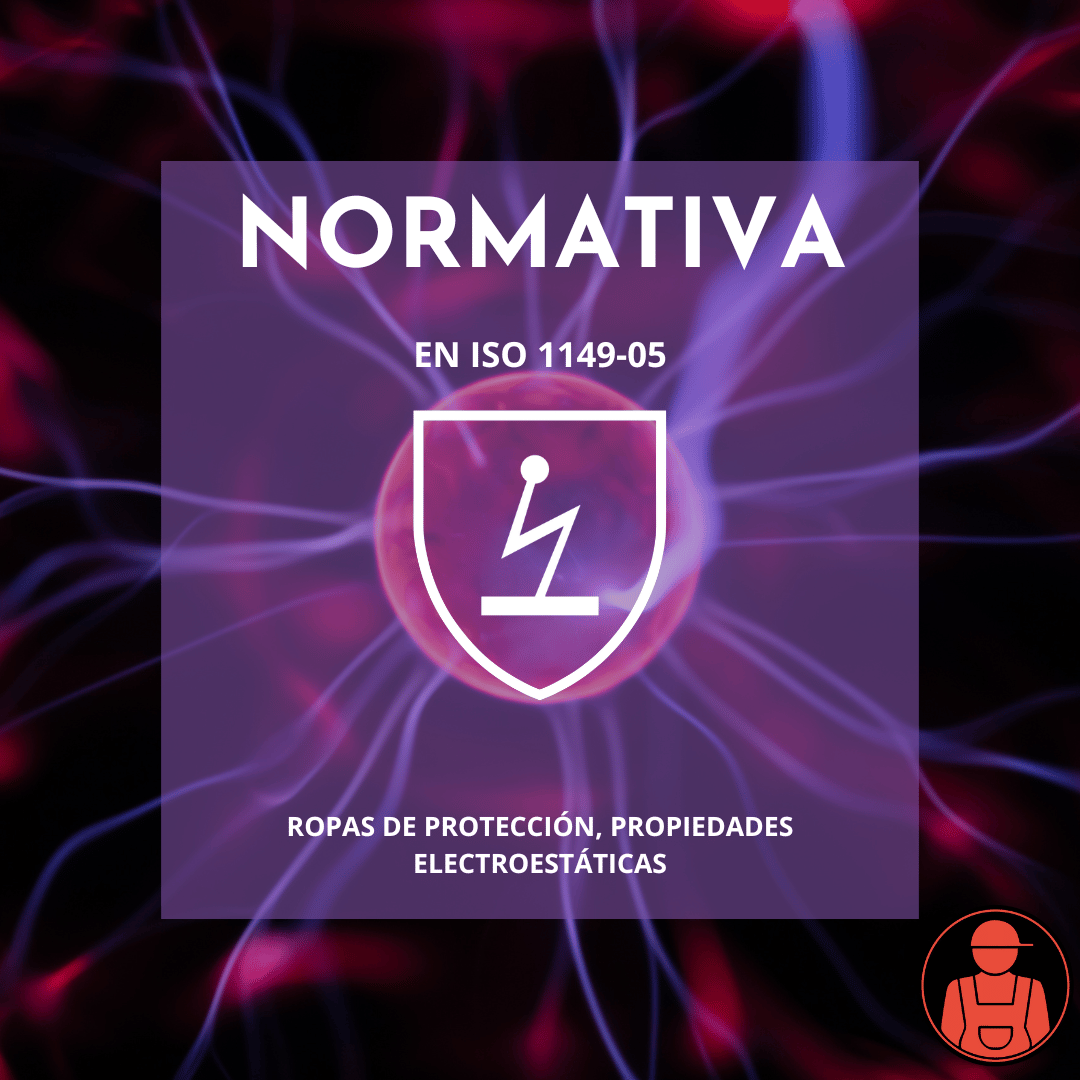Are you sure you want to perform this action?
Protective Clothing with Electrostatic Properties: EN ISO 1149-5:2018
Protective Clothing with Electrostatic Properties: EN ISO 1149-5:2018
Workplace safety is an undeniable priority for any industry, especially in environments where the presence of flammable or explosive atmospheres is a daily reality. In these settings, the accumulation of electrostatic charges can pose a significant risk. To mitigate these dangers, the EN ISO 1149-5:2018 standard establishes the requirements and testing methods for protective clothing that dissipates static electricity. Here, we delve into the details of this standard and its importance.
What is the EN ISO 1149-5:2018 Standard?
The European standard EN ISO 1149-5:2018 specifies the electrostatic requirements and testing methods for protective clothing that dissipates static electricity to prevent sparks that could cause fires. This standard is crucial for ensuring safety in ATEX zones (Atmosphères Explosibles) where the presence of flammable gases, vapors, mists, or dust can create an explosive risk.
Ensuring Electrostatic Dissipation
Personal Protective Equipment (PPE) designed according to this standard is made with materials containing carbon threads, which allow the dissipation of electrostatic charges. It is essential that this PPE is in direct contact with the skin and that the user is grounded, either through conductive footwear with a resistance of less than 1,108 Ohms or other grounding measures.
The Emergence of Electrostatic Phenomena and its Dangers
The human body can accumulate electrostatic charges through various mechanisms:
- By Contact: When touching equipment or materials that are already electrostatically charged.
- By Induction: Due to the proximity to electrostatically charged objects.
This accumulation of charges can have severe consequences, generating sparks that can ignite flammable or explosive atmospheres. Therefore, it is vital that personnel working in these environments are adequately protected.
High-Risk Activities
Activities where workers may be in flammable or explosive atmospheres include:
- Refineries
- Gas stations
- Airports
- Industrial painting
- Food industry
- Petrochemical
- Gas transportation and supply
- Plastics industry
- Welding
- Metallurgy
- Mechanics
- Foundry
- Electromechanics
- Electronics
Beyond the EN ISO 1149-5:2018 Standard
It is important to note that, while the EN ISO 1149-5:2018 standard sets out the requirements for electrostatic dissipation, it does not address protection against electrical network voltages. Moreover, in oxygen-enriched atmospheres, these requirements may not be sufficient. Therefore, it is crucial that PPE designed to work in explosive environments also offers thermal protection in accordance with EN 14116 or EN 11612 standards.
Importance of Comprehensive Protection
To ensure complete protection, PPE must comply not only with the EN ISO 1149-5:2018 standard but also with other relevant standards that ensure protection against various risks present in the work environment. Proper use of this equipment can prevent serious accidents, protect workers' lives, and avoid material damage.
The implementation of the EN ISO 1149-5:2018 standard in the manufacture of protective clothing is essential for any industry operating in environments with electrostatic accumulation risks. Ensuring the dissipation of these charges not only protects workers but also enhances overall workplace safety. Our company offers a range of garments that comply with this standard, ensuring maximum protection for your employees.
![]() Don't forget to follow us on our LinkedIn page for more tips and updates on workwear.
Don't forget to follow us on our LinkedIn page for more tips and updates on workwear.
![]() If you have any questions or need additional assistance, feel free to email us. We are here to help!
If you have any questions or need additional assistance, feel free to email us. We are here to help!

